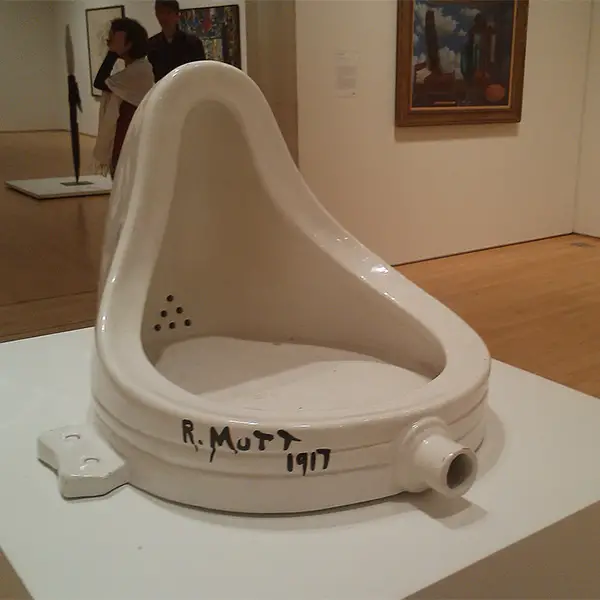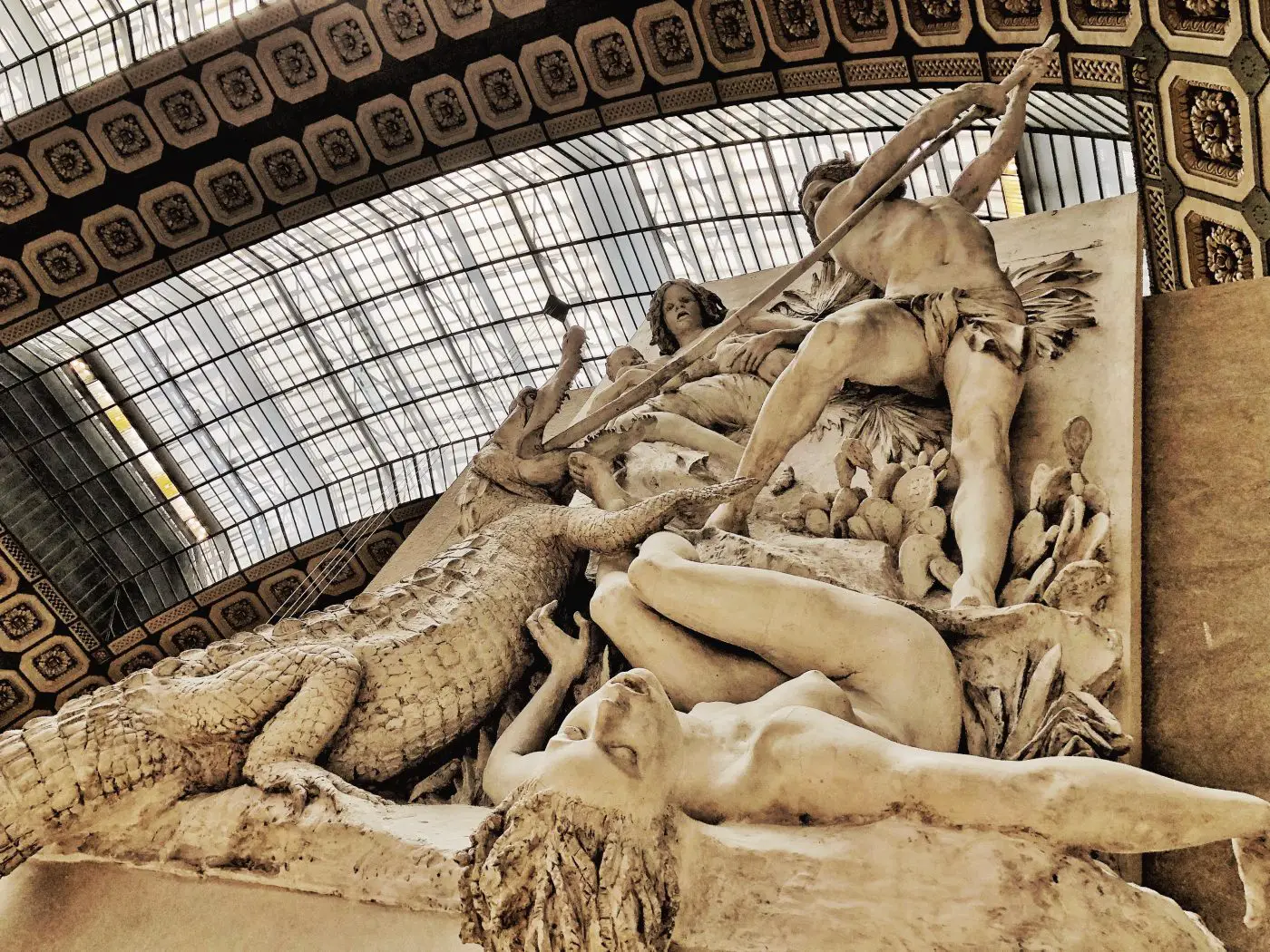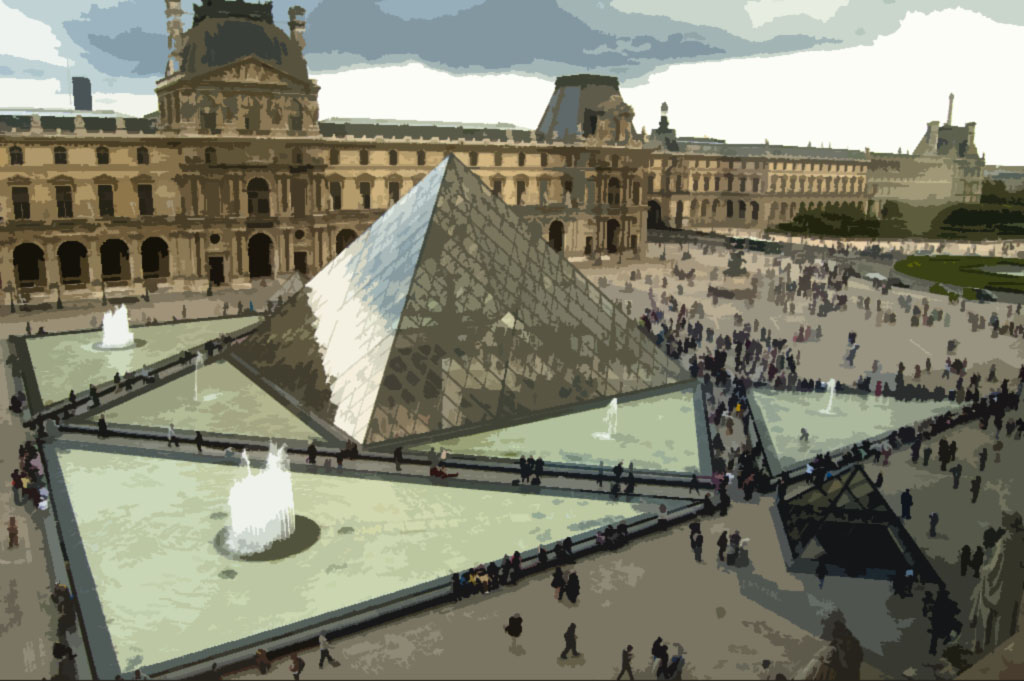[dropcap]A[/dropcap]rt museums tend to deliver one of two widely-varying experiences:
For the initiated, an art museum can be a place of awe and inspiration; its walls and halls a repository for soul-enriching greatness. For the novice, however, visiting an art museum can feel like a frustrating confusion that is only performed out of some assumed obligation to the god of tourism.

It’s not hard to see why said frustration occurs. Depending on the museum, the whole thing can seem like nothing more than a lot of lines and crowds. As for the art itself, it often isn’t unreasonable to look at it and wonder what all the fuss is about. Unless you’ve been educated in its finer points, art can be a rather obscure mystery. One person’s Dadaist masterpiece is another person’s urinal.
…art can be a rather obscure mystery. One person’s Dadaist masterpiece is another person’s urinal.
But whether you’re learned in the artistic ways or not, visiting an art museum is a worthwhile endeavor—and the more you go, the more you’ll come to understand why.
To that end, let’s look at a few things you can do to make the most of your visit.
1) Choose Time and Place Wisely
A jam-packed museum can be difficult if not impossible to enjoy. Trying to browse the Louvre at noon on a summer Saturday? Forget it. It’s bedlam.
Ideally you want to visit popular museums during the off-season, early in the week, and as early in the day as possible.
In some cases, it’s advisable to look for alternative museums that offer great art minus the tourist hoards. The Louvre will almost always be chaos, but Musee d’Orsay just down the street, for example, offers fantastic works in a less-frequented space. Or, while the Prado in Madrid tends to be overwhelming, its neighbor, the Museo Thyssen-Bornemisza, is vastly underappreciated.
The Louvre will almost always be chaos, but Musee d’Orsay just down the street, for example, offers fantastic works in a less-frequented space.
2) Do Some Research
Chances are that whatever museum you’ll be going to has a handful of must-see works. But if you don’t know what to look for, you’ll end up walking right by.
Do a bit of research ahead of time to find out what should be on your radar. It’s also good to read up on why a particular piece is so renowned. Essentially, your goal should be to arm yourself with the knowledge necessary to take some of the mystery out of the whole experience.
3) Don’t Get Overwhelmed
It can be easy to walk into a room full of art and have no idea where to begin. Or to think that you must see every piece in the building, only to find yourself burnt out halfway through.
“I think the most important thing is to not get overwhelmed at the museum,” says Mandy Theis, Co-Founder and President of the Da Vinci Initiative. “Walk into a room, pick a couple artworks that immediately catch your eye, and spend time really looking at just those one or two paintings.”

4) Take Photos, but Not Constantly
There used to be a stigma against taking photos at museums, but that’s not really the case anymore (though a few museums still forbid it).
Feel free to snap photos where allowed, especially of works that you’d like to review back at home to learn more. But don’t spend the bulk of your visit behind the lens. Make a conscious effort to take the time to see the work in front of you through your own eyes. It’s an essential part of the experience.
5) Write Things Down
Carry a notepad to jot down names of artists and works you like, or to take note of the thoughts that arise when viewing a piece.
It can be difficult to understand a work merely by viewing it. Sometimes the simple act of putting pen to paper will help you transcribe what your eyes have seen into thoughts and words.

6) Give Yourself Breaks
Some museums are huge. The Louvre, for example, contains more than 400,000 pieces spanning 652,000 square feet. That’s a lot to swallow in one bite. One can only see so many great works before they get masterpiece fatigue and begin blowing by important art on a quest to merely get the hell out.
Allow yourself to take small breaks so that your eyes and brain can rest. Most museums have a café or restaurant where you can grab a bite, coffee, or drink, and if that’s not an option, simply look for a place where you can sit down or step away from the crowd.
7) Don’t Take Things Too Seriously
Don’t get caught up in all the high-minded sincerity, unless that’s how you’re actually feeling.
For many, an art museum or gallery is a hallowed ground for serious contemplation of high art. These people can be something of a bore, and are often the very reason many others feel excluded from the world of art.
Don’t get caught up in all the high-minded sincerity, unless that’s how you’re actually feeling. If a work makes you happy, smile. If it makes you want to laugh, let loose the guffaws.
The point is that art exists for everyone—you included. Enjoy yourself.




